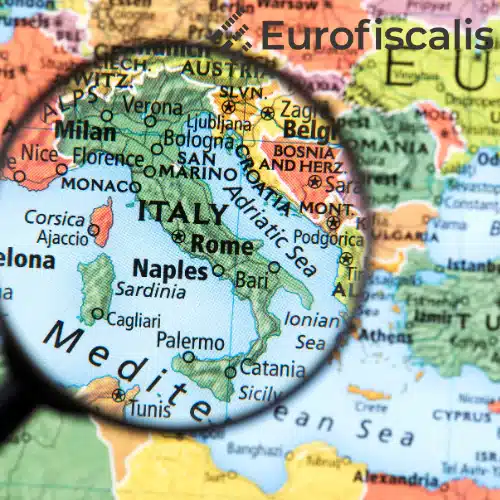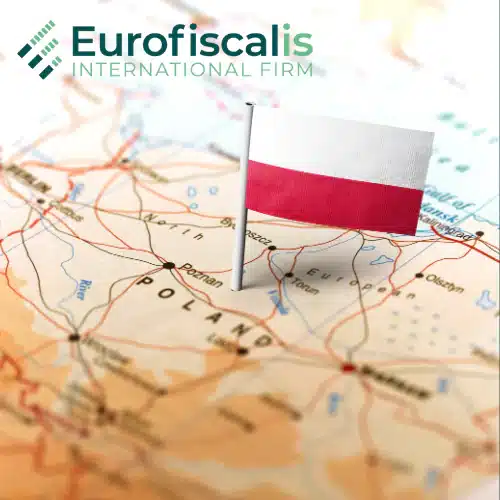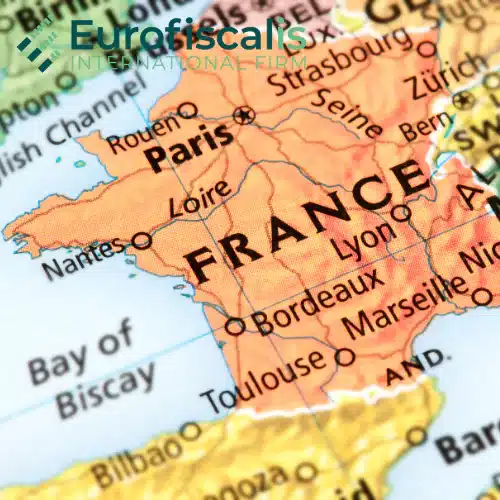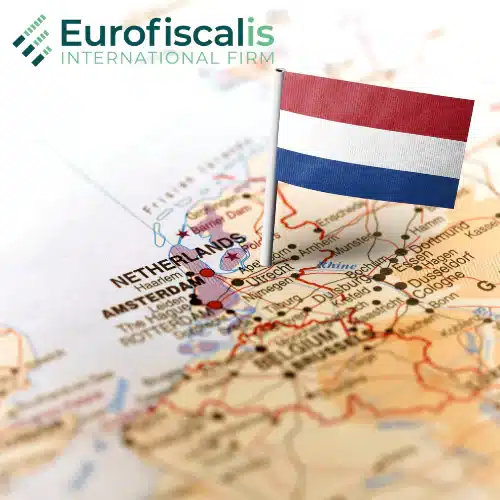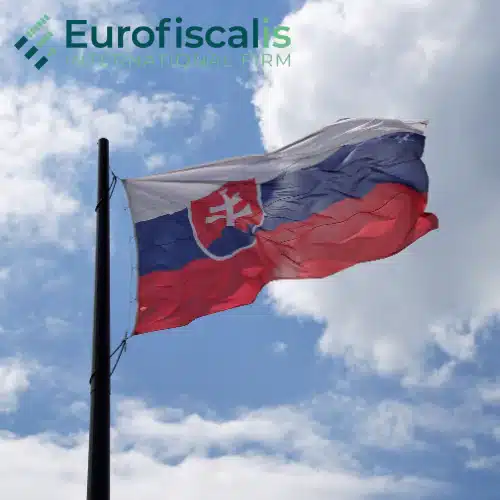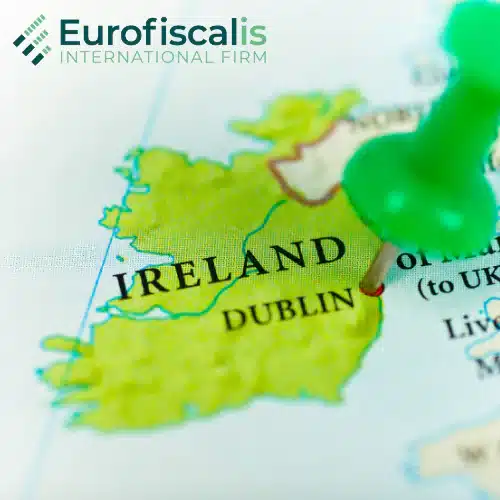Import to Belgium: VAT Rules
Thanks to the port of Antwerp, Belgium is one of the countries where products are being imported to, and then are sold on the European Union market. In this article, we are gathering all the essential information concerning VAT rules and procedures when it comes to the import of goods to Belgium. If you are a company, established in the EU, and importing products through Belgium, keep on reading because this article is for you!
- Posted :
- Reading Time : 7 min.
- Updated on : 14/06/2025
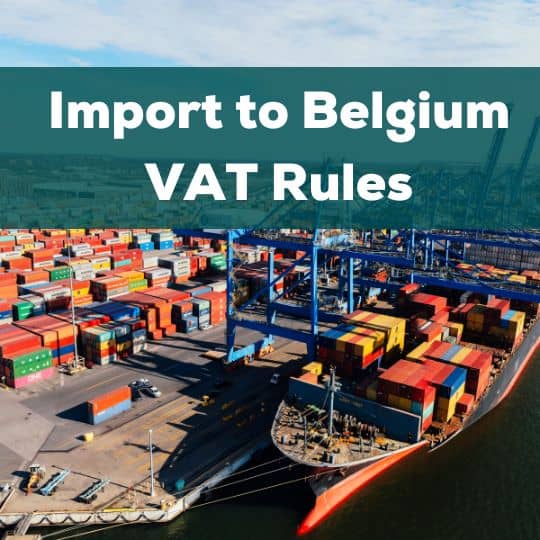
Update 2025
VAT returns in Belgium
From 2025 the deadline for quarterly VAT returns is extended from the 20th to the 25th day of the month following the relevant quarter.
Corrective VAT returns can not be filed after the statutory filing deadline. Now, the revised date must be included in the next VAT return.
If a periodic VAT return is not submitted within three months after the taxable period, the VAT administration will generate a “substitute VAT return” based on the highest VAT amount due in the previous 12 months. Taxpayers have one month to correct it.
VAT refunds in Belgium
From 2025, the current VAT account is abolished and replaced by “provision account” for VAT credits not immediately claimed.
Annual thresholds for Intrastat
- For 2025, the Intrastat dispatch threshold for Belgium is €1,000,000.
- The Intrastat arrivals threshold for Belgium is €1,500,000.
If you’re interested, check out our dedicated article:
Import to Belgium: Import VAT, what is it?
Import VAT is a type of tax that is levied on goods that are purchased in one country and then imported into another. Within the European Union (EU), the Import VAT is imposed on goods that are bought from any country outside of the EU and subsequently imported into the EU’s territory. The minimum VAT rate within the EU is 15%, and each individual country has the freedom to establish its own rate.
The Import VAT standard rate in Belgium is 21%.
If you are importing products that are subject to the reduced VAT rate, the Import VAT rate will be the same. Here is our article about how to check the VAT of your product in Benelux countries: How to check VAT rate in Benelux
The import VAT must be paid at the time of customs clearance to the customs office.
Import to Belgium: How to get back the Import VAT paid?
After you have paid the import tax to Customs, depending on what happens to the product, the VAT you paid might be recoverable. Here are the most common scenarios (for all the below scenarios you need to be registered to Belgian VAT) :
- The imported products are sold to Belgian customers (B2C): in this scenario, the customer pays the invoice with the VAT included. Since you have already paid the VAT tax to the administration during the customs clearance, you either do not have to pay the VAT after submitting the VAT return or you only pay the difference
Products imported by foreign companies are sold to Belgian companies (B2B): The reverse charge system must be used (article 51 paragraph 2 5° of the Belgian VAT code), which means that the VAT is due by the co-contractor (the buyer who is established in Belgium). If you sell the entire imported product with the above mentioned system, you are still entitled to a refund of the import VAT paid. To do so, you should either file a VAT return in Belgium or apply via the VAT-refund system.
- The imported goods are moved to another EU Member State (Intra-Community supply): the goods leave Belgium exempt from VAT, provided that the requirements for intra-Community supplies are met, you are entitled to a refund of the VAT paid on the import. To do so, you must file a VAT return in Belgium. For ICS transactions you might also need to submit Intrastat in Belgium, after reaching the dispatches annual threshold.
- The imported products are being sold online to customers in the EU and OSS procedure is being used: In this case, you are paying the VAT in the OSS procedure so are entitled to the Import VAT refund in Belgium. You do it by submitting the VAT return in Belgium.
Schedule a free consultation with our expert in VAT in Belgium
Import to Belgium: Procedures 40 00 and 42 00
The most common Customs procedures are 40 00 and 42 00. This is what you will find in box 37 of the Single Administrative Document (SAD). They are very different when it comes to Import VAT Payments. Below we explain what they are and in which cases you need to pay the Import VAT
Import to Belgium: Procedure 40 00
The 40 00 procedure is a standard import procedure and means that the goods are released for consumption in Belgium.
When the 40 00 procedure is used, the import VAT together with the customs duties must be paid at the time of customs clearance.
Import to Belgium: Procedure 42 00
Procedure 4200 is addressed to foreign companies importing goods into the European Union via Belgium. Procedure 42 00 allows the importation of goods from outside the European Union into Belgium with their subsequent delivery to another member country as an intra-Community supply, with the application of exemption from payment of Import VAT at the time of customs clearance.
However, there are a few conditions that allow you to use procedure 42 00:
- The entirety of the imported goods must be moved/sold outside Belgium in the 30 days after the importation.
- There must be documents proving that the goods have left the Belgium territory (f.ex. sales invoice)
If you are an EU company that is not established in Belgium, you can import goods through the Belgian territory using procedure 42 00 without having a Belgian VAT number.
Import to Belgium: License ET 14000
The customs procedure 42 00 is not the only way you can defer the payment of the VAT on your imported goods in Belgium. Even if you do not move/sell your products to another EU Member State 30 days after the import, you can defer the payment of the Import VAT if you have the license ET 14000.
By obtaining the ET 14000 license you can defer the payment of VAT on imports until the periodic VAT return. As a result, you are not required to provide upfront financing for VAT when importing goods through customs.
Requirements to obtain the License ET 14000
- Have or start an import activity
- Have complied with VAT obligations in the past
- Only for companies/persons with Belgian VAT number that submit periodic VAT returns
To learn more about License ET 14000 – take a look at our dedicated page:
Import to Belgium: Conclusion
To sum up, Belgium is a significant entry point for imported goods to the European Union market. When importing goods to Belgium, companies need to be aware of the VAT rules and procedures. Import VAT is imposed on goods purchased from outside the EU and imported into the EU. In Belgium, the standard import VAT rate is 21%. Companies may be able to recover the import VAT paid, depending on the product’s destination and VAT status. Customs procedures 40 00 and 42 00 have different requirements for import VAT payment. Companies can defer payment of the import VAT with a license ET 14000, which allows them to pay VAT on imports with the periodic VAT return. It is essential for EU companies importing products through Belgium to understand the VAT rules and procedures to avoid any issues with customs clearance and to optimize their business operations.
Eurofiscalis can support you for your import transactions and act as your tax agent or tax representative in Belgium. Do not hesitate to get in touch with us !
Rising VAT rockstar at Eurofiscalis I have a passion for unraveling the complexities of VAT regulations in the European Union (especially Benelux region). My mission is to empower readers to navigate the ever-changing VAT landscape with ease and to answear your questions in a clear and concise way.
Use our service and outsource the management of your VAT declarations in Benelux
- Free and without obligation


